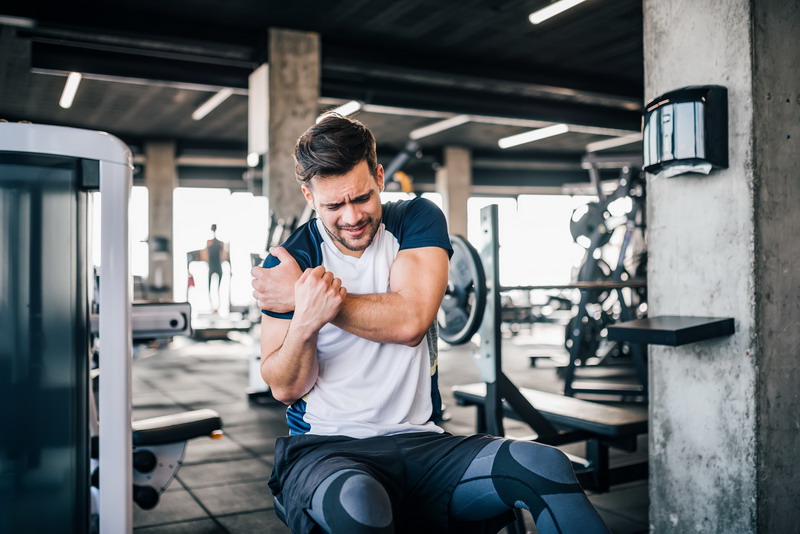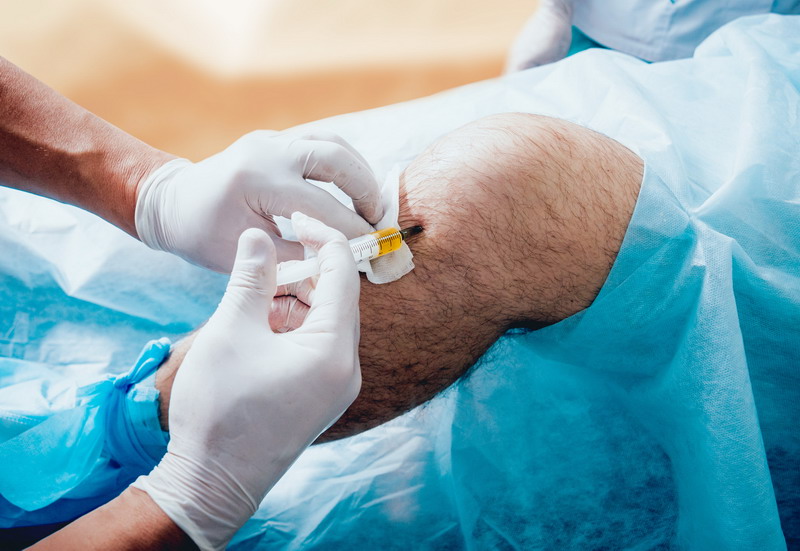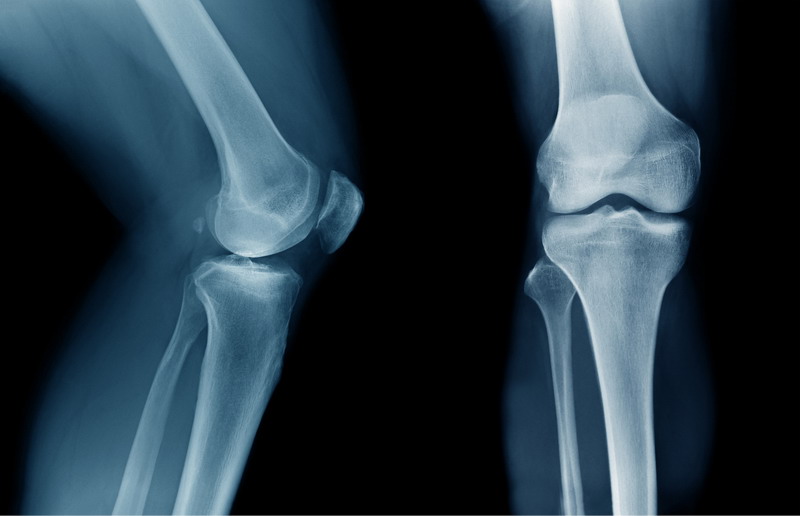We have the opportunity to work with a lot of doctors who come to the Advanced Regenerative Medicine Institute for PRP therapy training. If you have never undergone training, we invite you to consider doing so. PRP therapy has a growing number of uses in sports medicine, orthopedics, and even aesthetic medicine.
It’s interesting how many doctors come in for training with the misunderstanding that PRP therapy is mainly only for athletes. Nothing could be further from the truth. While the sports world has helped put PRP therapy on the map, so to speak, the therapy itself is not just for athletes anymore. It is for anyone who suffers from a variety of conditions ranging from osteoarthritis to alopecia.
Tennis Elbow Anyone?
Among the many athletes who have elected to undergo PRP treatments are tennis players. They suffer from the infamous tennis elbow, a repetitive motion injury known more formally as lateral epicondylitis. The condition leads to chronic inflammation and pain where the tendons and hand muscles attached to the bone of the elbow.
Tennis elbow is one of the conditions for which PRP injections have proved useful. The interesting thing about tennis elbow is that it is not limited to tennis players. It is true that tennis players do suffer the injury more frequently thanks to backhand shots and changing rackets. But even people who have never picked up a tennis racket in their lives can still experience the pain of tennis elbow.
Imagine being a car mechanic having to twist and turn wrenches at all sorts of crazy angles. Or consider a gardener who might spend a lot of time on his/her knees, digging in the dirt and pulling weeds. Even something as seemingly benign as cleaning the yard can lead to tennis elbow.
Conventional Treatments
A typical course of therapy for tennis elbow begins with a prescription for an anti-inflammatory medication. Doctors generally recommend taking the medication along with resting the joint. Physical therapy might also be recommended in more severe cases.
If the injury is the result of something persistent – like a person’s job-related tasks, for example – ergonomic changes might be recommended. The idea is to change the environment so that the patient doesn’t continue to perform the same repetitive motions in the same way.
Where does PRP therapy come into play? Well, conventional treatments don’t necessarily work for every patient. Some patients only realize relief for as long as their prescription medications hold out. Once the anti-inflammatories are gone, the pain returns. There are also cases in which ergonomic changes just aren’t enough to effect permanent relief.
The Benefits of PRP Therapy
PRP therapy is based in the understanding that the body knows how to heal itself. Platelet-rich plasma, along with its associated growth factors, is believed to trigger the body’s normal healing mechanisms to address the root cause of the injury rather than just treating the symptoms.
The beauty of PRP therapy is its simplicity. It begins with a blood draw in the office. The blood is then processed in a centrifuge for about 15 minutes in order to concentrate the platelets and growth factors. An injection of the resulting PRP material follows.
Some patients respond to just a single treatment. Others require multiple treatments before they begin experiencing relief. In either case, there is no risk of rejection and very little risk of any other complications.
You may be familiar with PRP therapy as it relates to sports injuries. But know this: PRP injections are not just for athletes anymore. They are for anyone who could benefit from them.








0 Comments